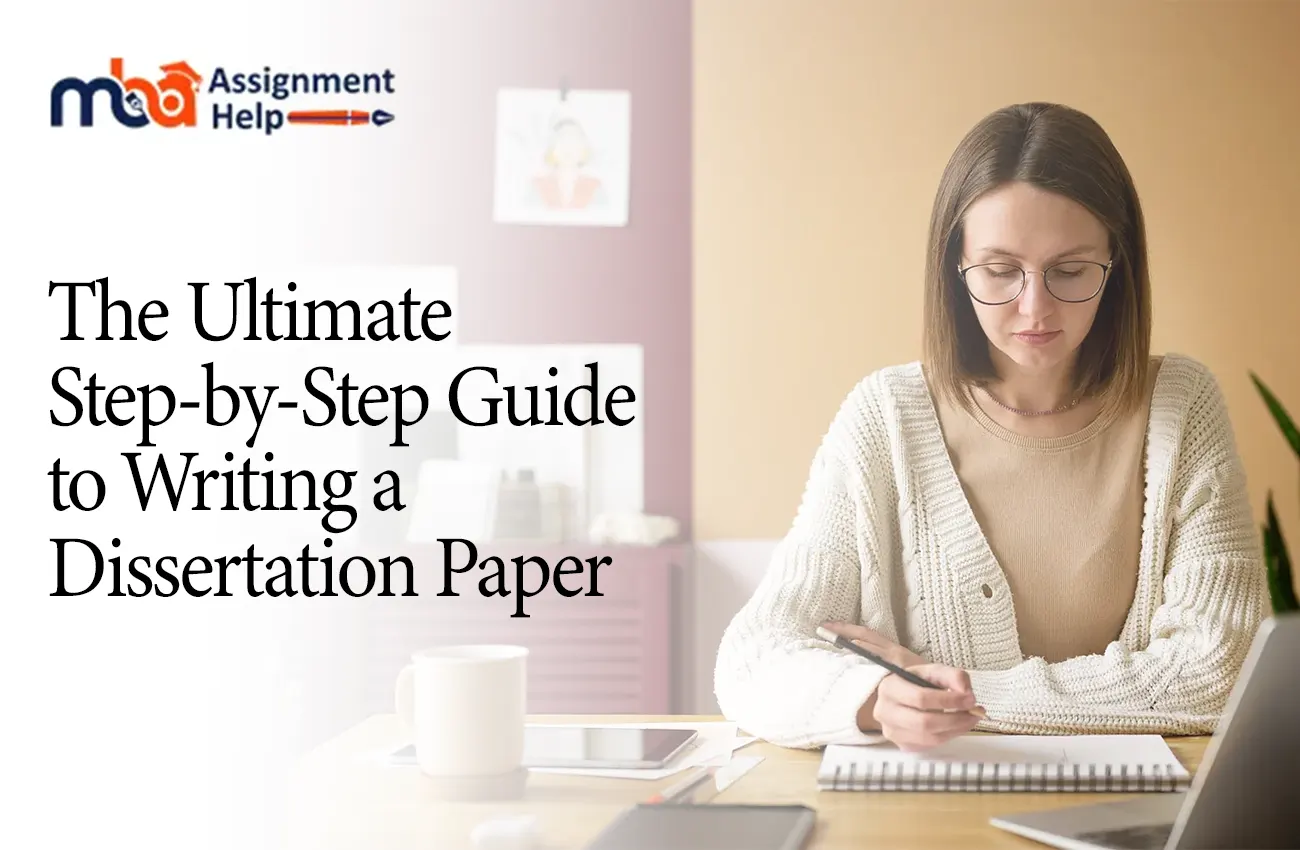A dissertation is a lengthy academic research paper that students write for the requirements of an academic degree. A dissertation is a complex academic assignment that many students struggle with.
What is a Dissertation?
The dissertation aims to check the research skills of the students have developed in their academic life. First, students have to choose a research question for themselves, and the entire dissertation is based on that question. At the end, the dissertation is reviewed by the experts in the field to see whether the student is capable for the degree or not.
Dissertations are of two types: Empirical dissertations are those in which students have to collect original data. Whereas, non-empirical dissertations are those in which students rely on existing data.
What are the main sections of a dissertation?
- Title page: It is the first page and introduces your topic concerning the research question. Moreover, this page also includes your name, your university’s name, and the date of submission.
- Acknowledgment: In this section, you have to thank all individuals who helped you with your dissertation, including your supervisor, institution, etc.
- Abstract: In this section, you summarize all your research on one page. In addition, it includes objectives, methodology, results, and conclusion. However, if you struggle with this section, MBA dissertation help can guide you!
- Table of Contents: It gives a clear plan and outline of your whole dissertation. The headings, subheadings, and chapters. Furthermore, it shows how you’ve organized your dissertation.
- Figures: It includes all the visuals, graphs, or images you’ve added in your dissertation, with the page number and caption of the figures.
- List of abbreviations: If your dissertation is based on a topic that has an abbreviation, then this section is also important.
- Introduction: It includes the background of the topic, thesis statement, and hints at methodology.
- Literature review: In a literature review, you summarize the existing information related to the topic and also identify gaps in it.
- Methodology: It includes how you conducted your research, i.e, how you collected the data, tools, and how you analyzed the data.
- Results: This section includes all the key findings along with some visuals.
- Discussion: This section relates the findings to the topic and framework.
- Conclusion: It includes a summary of your entire dissertation by evaluation of the research question and thesis statement.
Step-by-step guide to crafting an exceptional dissertation
- Select a relevant topic: Choosing a topic for your dissertation is important. Make sure that your topic is relevant to the subject and field.
In addition, you must also select a topic based on whether the information and literature are available and whether you can complete your dissertation in the allotted time. Also, make sure the topic you've chosen interests you. - Write a dissertation proposal: It highlights your research question, your methodology, and its significance. It includes:
Title Page
Introduction
Literature Review
Research Method
Reference List - Conduct extensive research: By conducting extensive research, you gain all the existing information about your topic. By doing this, you can also identify the research gap. Also, you can review all the primary and secondary sources.
- Outline your dissertation: When you outline your dissertation, your content becomes organized. Also, you learn what to add under which heading or subheading.
- Begin with a strong introduction: A good introduction includes a background of your research topic, your research problem, research question, and the significance of your research. So, it should be clear and concise.
- Invest your time in literature review: In the literature review, you find and include all the existing information related to your topic. Also, it highlights the research gap and links your research with a broader topic.
- Compose the methodology section: It highlights how you've conducted your research, all the research instruments, samples, tools for the data collection, and how you've analysed the data.
- Present your key findings: This includes the key findings of your research. Moreover, you can also include visuals in this section. Also, it includes statistics and how your results answer the research question.
- Write your discussion of findings: It is based on the key findings and results. It interprets the results and connects them with the research work. Also, you can add limitations of your research in this section.
- Craft a conclusion: It should begin with your research question, and then what you have done in the research. Moreover, it also includes how and why you conduct this research. Also, its significance and limitations.
At last, you can add recommendations and practical implications too. It makes your dissertation credible and effective.
To conclude, a dissertation project is not easy to write, but when you understand the key components of it and you know what to include in each section, then you can easily create an effective dissertation without any errors. However, choosing a relevant topic and conducting research is really important. As the whole dissertation is based on these two.









